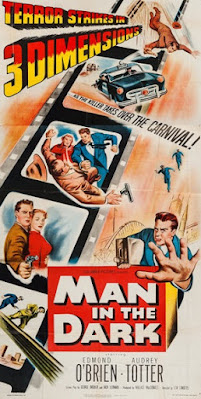Strong debut feature for writer/director Alex Camilleri who also edited & produced. (What, no catering?) Made in Malta with a mostly non-pro cast, it’s something of a throwback to Luchino Visconti’s LA TERRA TREMA/’47, a foundation film in Italian Neo-Realism. Another fisherman’s tale with corrupt market forces and the inconstant sea ‘fixed’ against a fifth-generation independent operator. But now, instead of a system unchanged in a millennium, the old ways of boat, sea & tangled lines are surrounded by the 21st Century: SmartPhones & computers; high-protein baby formula; trawlers wrecking the ocean floor & container ships sucking up labor. Plus, the E.U. offering buy-out packages for operators of the old ‘luzzu’ one-man fishing boats, pressing to consolidate what’s left of a dying breed into regulated industry. Camilleri proves a natural at setups (even out at sea), and in getting smart/believable perfs from his cast. The film beautifully composed & well-paced, though his leads perhaps a bit too model-worthy. The husband broad-shouldered, roughly handsome; the wife a knockout. And there’s a second dramatic trigger besides the move to modernization when their infant son needs specialized medical attention. Plenty of interesting characters along the way, too: an unyielding mother-in-law; a black-market chief offering good pay for under-the-radar work; his assistant, an itinerant Black assistant who becomes something of a wise friend (David Scicluna in a standout perf*), and an unexpected emotional charge from inanimate objects when the boats meet their fate. Avoiding every phony trope in the film school playbook (the cops never added to increase suspense/threat; the kid’s health handled with simple intelligence; the strained marriage observed rather than ginned up for acting opportunities), it’s the work of a budding master. And what an eye!
DOUBLE-BILL/LINK: As mentioned, Visconti’s second film, LA TERRA TREMA, still strong stuff if not the revelation once thought. https://maksquibs.blogspot.com/2011/06/la-terra-trema-earth-trembles-1947.html
ATTENTION MUST BE PAID: *The lead actor, Jesmark Scicluna, who’s white, shares a surname with his mentor, who’s Black. Related? Or is Scicluna a common family name in Malta? ‘LUNA’ no doubt means ‘MOON,’ but what does ‘SCIC’ mean in Maltese?






























